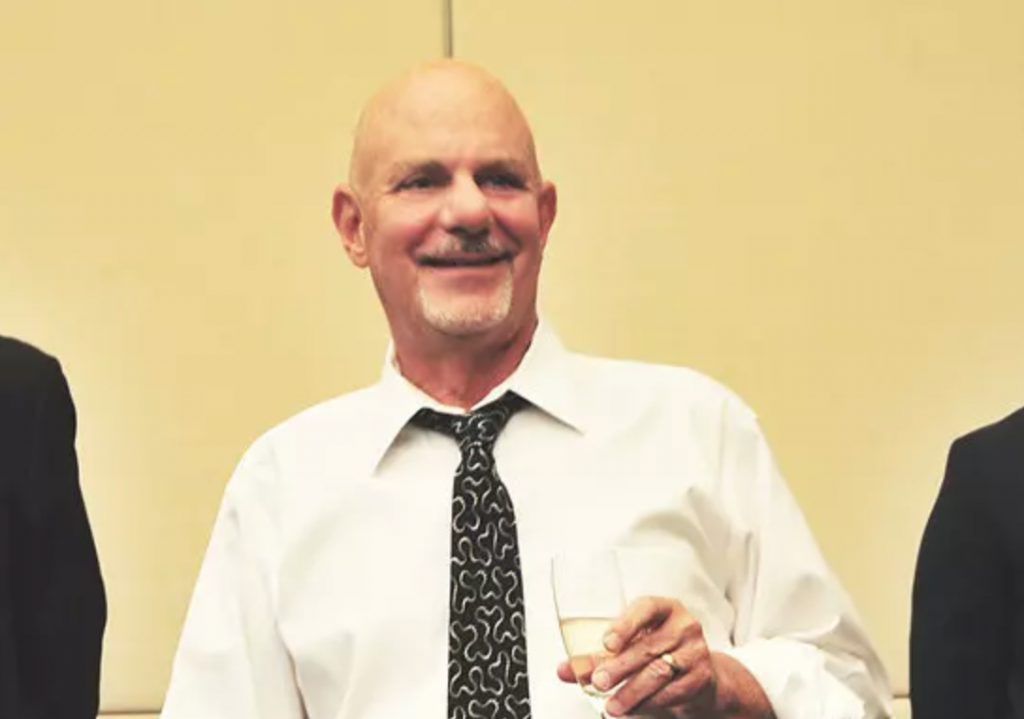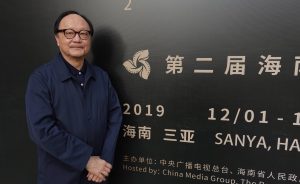Rob Cohen Talks about his filmmaking journey, the success of “The Fast and Furious” in China, and his future co-production project.
Rob Cohen is a writer, producer and director who has worked on movies such as “Dragon: The Bruce Lee Story,” “xXx,” “The Mummy: Tomb of the Dragon Emperor,” and Academy Award-winning film “The Sting.” He is also the creator of “The Fast and the Furious” and directed the first movie, starring Paul Walker and Vin Diesel. He also holds a degree in anthropology and visual studies from Harvard University, where he graduated magna cum laude.
What attracted you to making action movies?
When I did “Miami Vice,” which was in 1985, I had wanted to be more of a [Filmmaker Francois] Truffaut guy. You know, personal movies and so on. Then somebody gave me a gun, a fast car, and good-looking leads, and I just went, “Ok, I found myself!” And I truly found myself on that show. Once I got the feel of what cinema is like when you have those props—boys and toys and all that stuff—it just showed me that the true complexity of filmmaking was in the action/visual effects genre. That’s where I drilled down.
Storytelling, the technical aspects of making movies—if you’re a director like me, you’ll like the challenge of going into places you’re not comfortable. When I look at a script, story, magazine article, whatever, I go, “Wow. How would you make that happen?” The minute I have that, the brain goes to work deconstructing it—what you would need to do, how much to do visual effects, how much to do practical [effects], how much you do miniature. You begin to work in the world of movies at that very top level, where all your technical know-how and your technical ignorance comes shoulder-to-shoulder. You begin to question and pursue the rendering of something on screen that, at the beginning of the journey, you had no idea how it would get there.
The story can go places. One of the reasons I loved “The Matrix” is that it broke every world. It just went—bang! We’re in a new world now, buckle up! I looked at the Wachowskis (the sibling duo who directed, produced, and wrote “The Matrix” trilogy)—they had called me after “Dragon: The Bruce Lee Story” because they really loved the movie. We had a long discussion on how to do martial arts, what were some of the tricks they used, techniques, and so on. Then when I saw their grand vision, I was completely thrilled when that movie came out. I think I saw it five times in a row. How they figured out how to do that with the amount of style and texture was genius. That’s my idea of a good kind of challenge.
How did you first come up with the idea for “The Fast and the Furious”?
A young executive at Universal named Kevin Misher—he said he read an article in Vibe magazine and said, “I think there’s something there.” So I read this article, which was essentially about street-racing in Queens, New York. I thought, “Well, there is something there.” As a guy with a degree in anthropology, any time I see a tribal, secret world, my ears perk up because that’s where some very interesting stuff can be illuminated for movies.
I found this young guy—R.J. de Vera (a former auto journalist)—who, for various reasons, was open to taking me out. That night, with the police coming and everybody gathering—became Paul Walker’s first night in the street-racing scene in “The Fast and the Furious.” Once I saw the world, it was like a no-brainer to me. I hired David Ayer to write the script—he did a very poetic and, as typical, gritty and dark version of it. Another draft or two, and then it started to find its form, which is a combination of David Ayer’s street poetry and my action bent and love of cars, mechanics, and garages—things that I grew up doing. I worked in it for years in order to buy my first car. I got a job at Al Tressello’s garage. I named Dominic Toretto (Vin Diesel’s character) after him. I didn’t want it to be an obvious Italian name like Al Tressello, so I came up with Toretto. That could be anything—Spanish, Italian, anything.
I was in love with the LA car culture. I was in love with the group of street racers I [got] to meet, and I couldn’t understand why nobody cared. That year, this is the comment I got all the time: “You do know Jerry Bruckheimer is making ‘Gone in 60 Seconds’ don’t you? And Stallone is making ‘Driven’? What chance does your little car movie have against this?” I go, “I don’t know—I’m doing something different.” That’s all I said, all that year. When it came out, it blew both movies away.
Why do you think the Fast and Furious movies are so successful in China?
Many reasons. No. 1: China has a newborn fascination with the automobile. The generation before the millennials, their biggest goal was to buy a car. So a movie that is a celebration of the car and all of its possibilities—of design, coolness, speed, sound—would be the fantasy lives that Chinese men and women could plug into.
I also think, back then, with the one-child policy, you had to make your family. If you’re a young person, you’re not going to have brothers and sisters. If you want brothers and sisters, you’ve got to have very close friends. The theme of my Fast and Furious was that you make your own family with the love you feel for people, as opposed to just the genetics. I think that really resonated.
If you’re longing to have a family that you make around you, it doesn’t matter if you’re Chinese or French, we all know what that’s like. We all know, even if we do have brothers or sisters, the joy of constructing your own family that’s not blood relations, the joy of finding a person that’s your best friend, so you might as well be a brother or a sister.
You’ve made several movies on relatively tight production budgets—“The Boy Next Door,” starring Jennifer Lopez, for $4.8 million and now “The Hurricane Heist” for $26 million. What are some of the challenges of that?
In “Hurricane Heist,” I had to create a) a hurricane, b) a flood, and c) a pressure version that sucked people out of a shopping mall. There were all these different parts of the script I wrote that, when I wrote it, sounded good. Then you go, “On this $26 million budget, how am I going to do this flood?” You get with your team and begin to talk about techniques. Dump tanks—it has to be bigger than any dump tank that’s been done—and suddenly you’re welding cargo ship containers together and dumping 44,000 gallons of water on this stunt team. Literally the force of it just blew them out. But when you see the film, you go, “Holy Christ, that’s a flood.”
When you make a movie for $4.8 million, it’s not like making a movie even for $20 million. In all movies, every creative decision is a money decision, and every money decision is a creative decision. People like to think that they’re separated, but they’re not. If you want a high school prom with 200 extras, you’re either a) not getting another day of shooting, b) not getting the complete camera package you need, c), d), e)—you name it. It’s really that push-pull thing of trying to understand the values of the film.
When you do super micro-budget films, you’re really deciding right upfront, what are your core values? Because there’s not going to be enough money even for the core values, so you surely can’t have anything frivolous or unnecessary. It’s an interesting process and that’s why I did [those movies], because I wanted to see if I could do it. To strip the movie down so completely, that literally there’s not a single frame that can be wasted—[that] is the target and, to live up to the muscularity of the process, you really have to know. It was a challenge, especially working with a movie star in a budget about this size, but [Jennifer Lopez] was really wonderful. She brought her own clothes—she didn’t like what the wardrobe stylist had picked out—and she can afford the very best.
What are you most excited for in the future?
I’m really excited about “War Hearts,” the Jimmy Doolittle raid on Japan [in WWII] that then followed with them crash-landing in China. The Chinese people protected the fliers and got the vast majority of them back to safety at great risk—and, as it turned out, of great consequence to China. The Japanese killed 350,000 people in Zhejiang and Jiangxi Provinces in revenge for the help that people gave to the Americans. It’s an untold story, and it has lots of humanity. It’s young Chinese heroes and young American heroes working together, so it’s a really good theme—and a very good theme for co-production. It’s a story I just fell in love with. I just finished the script and am starting to cast.
This article first appeared on Reach Further, East West Bank’s digital news magazine covering U.S.-China Business.









